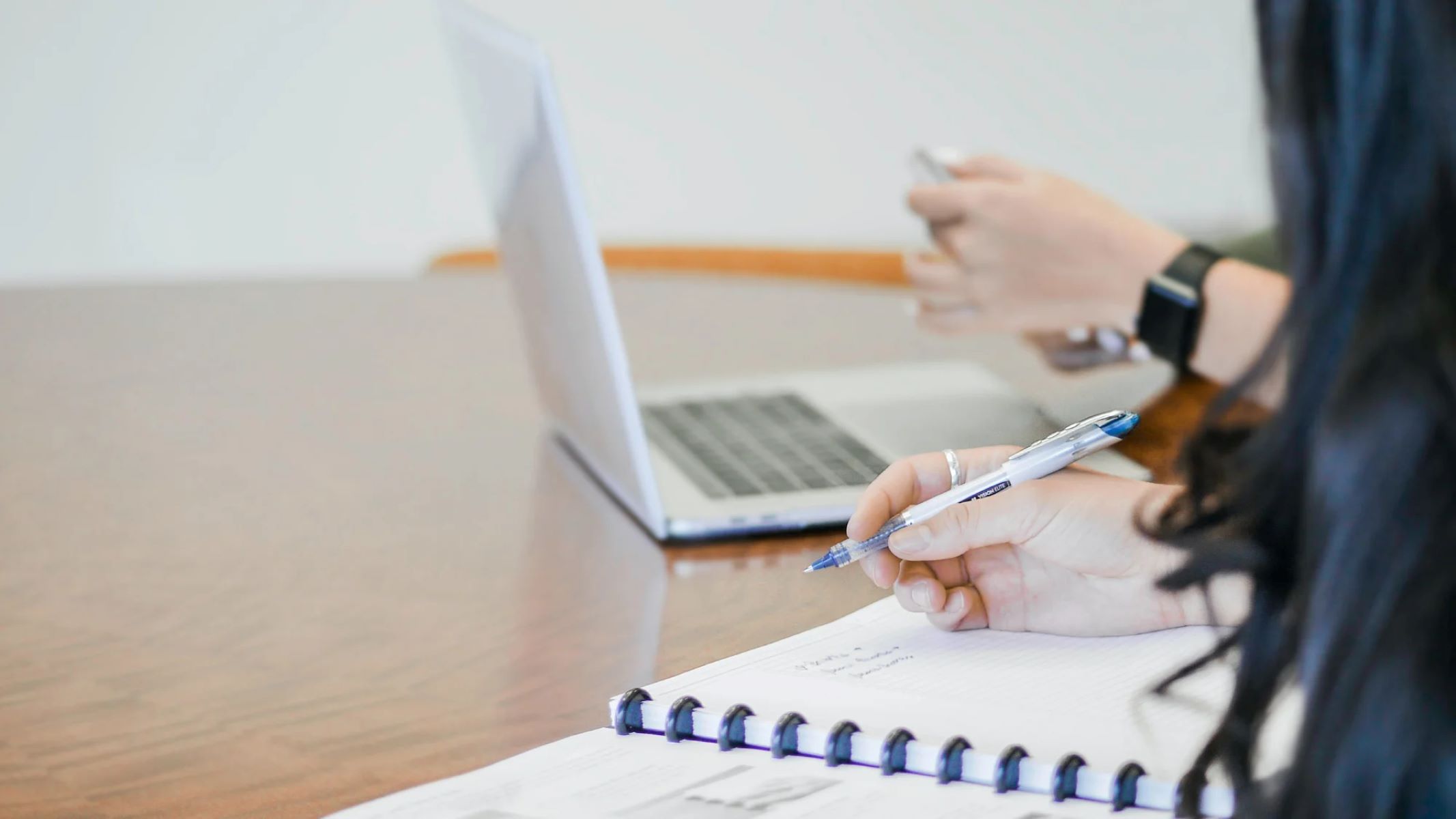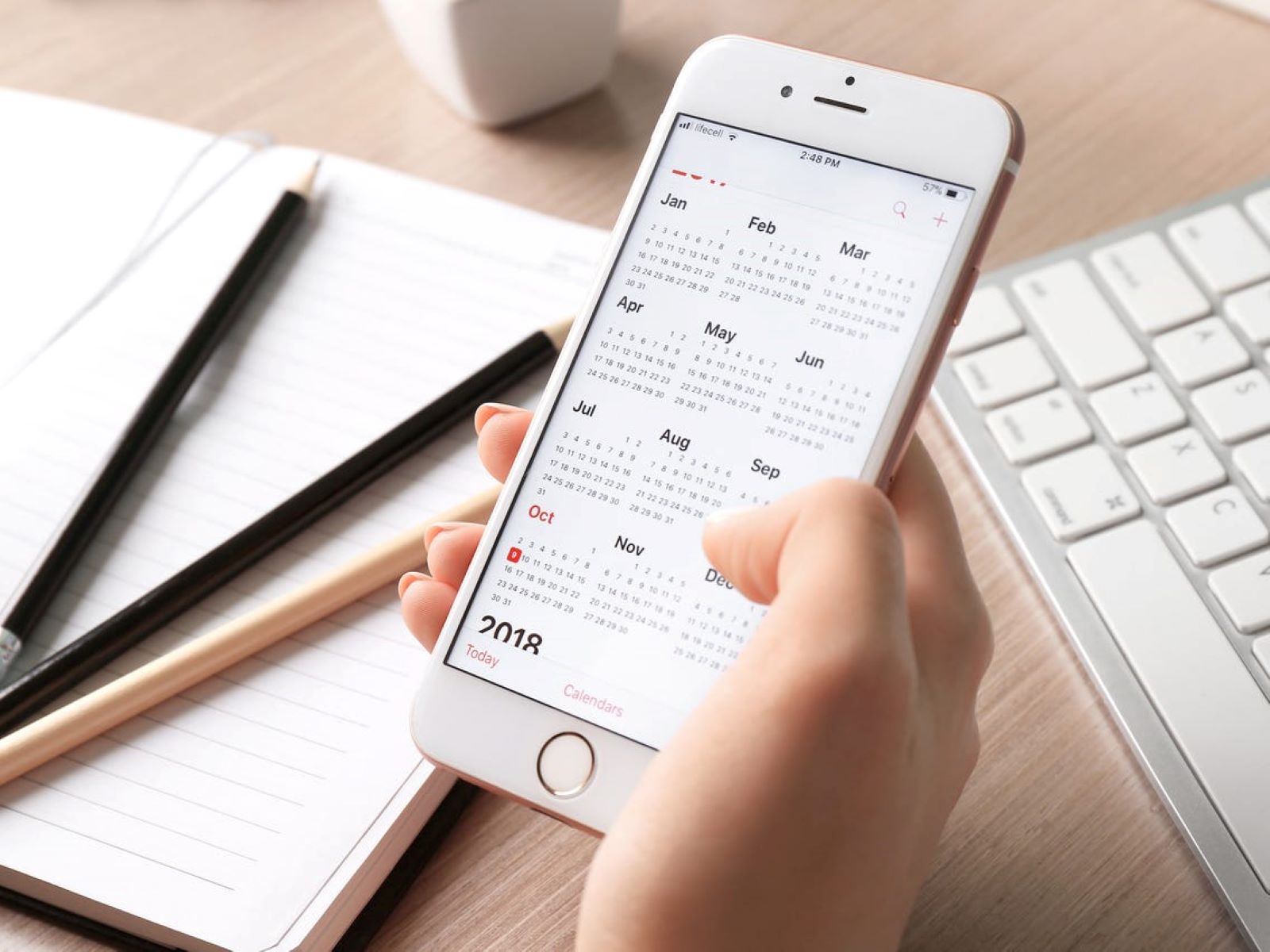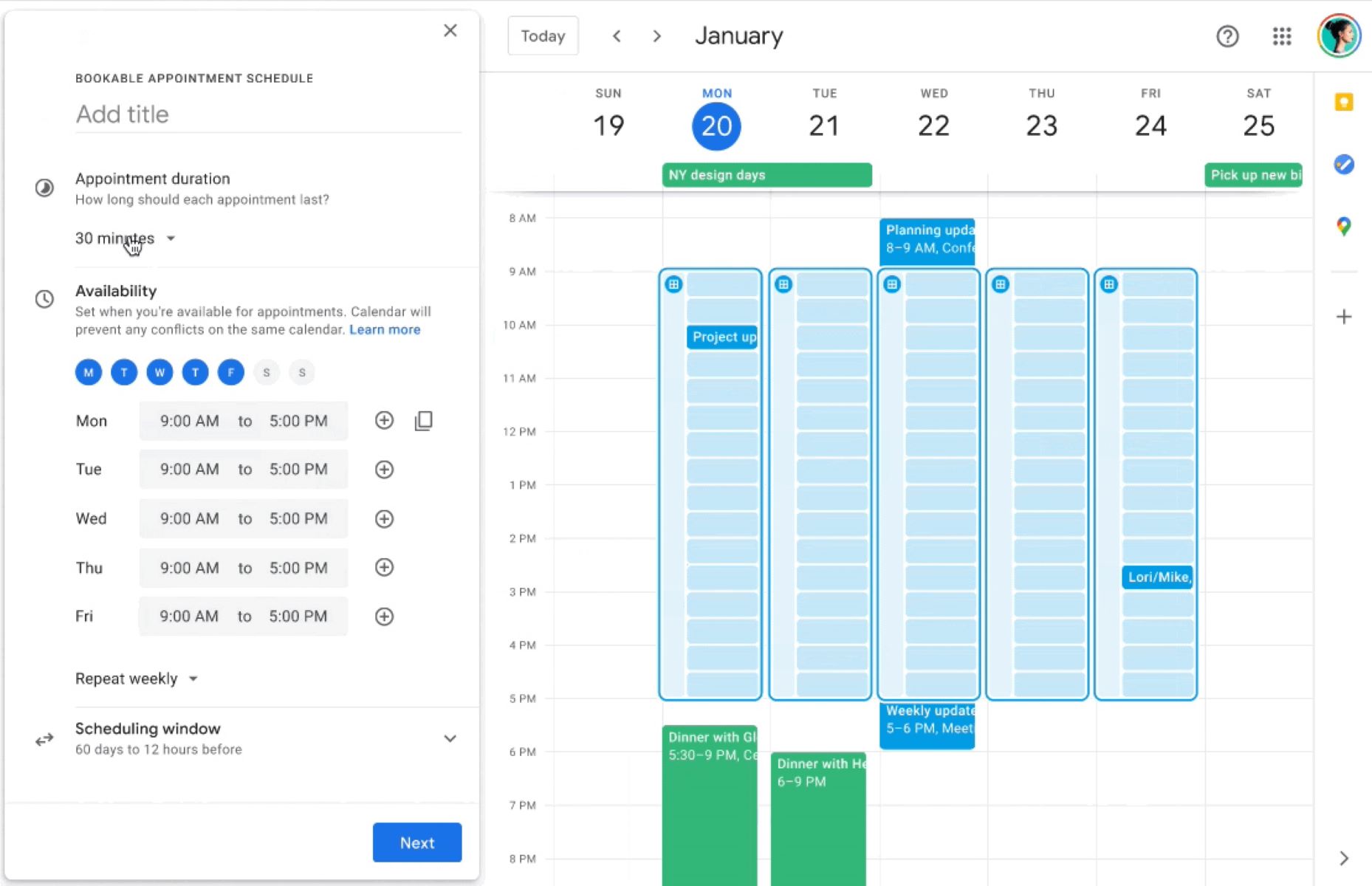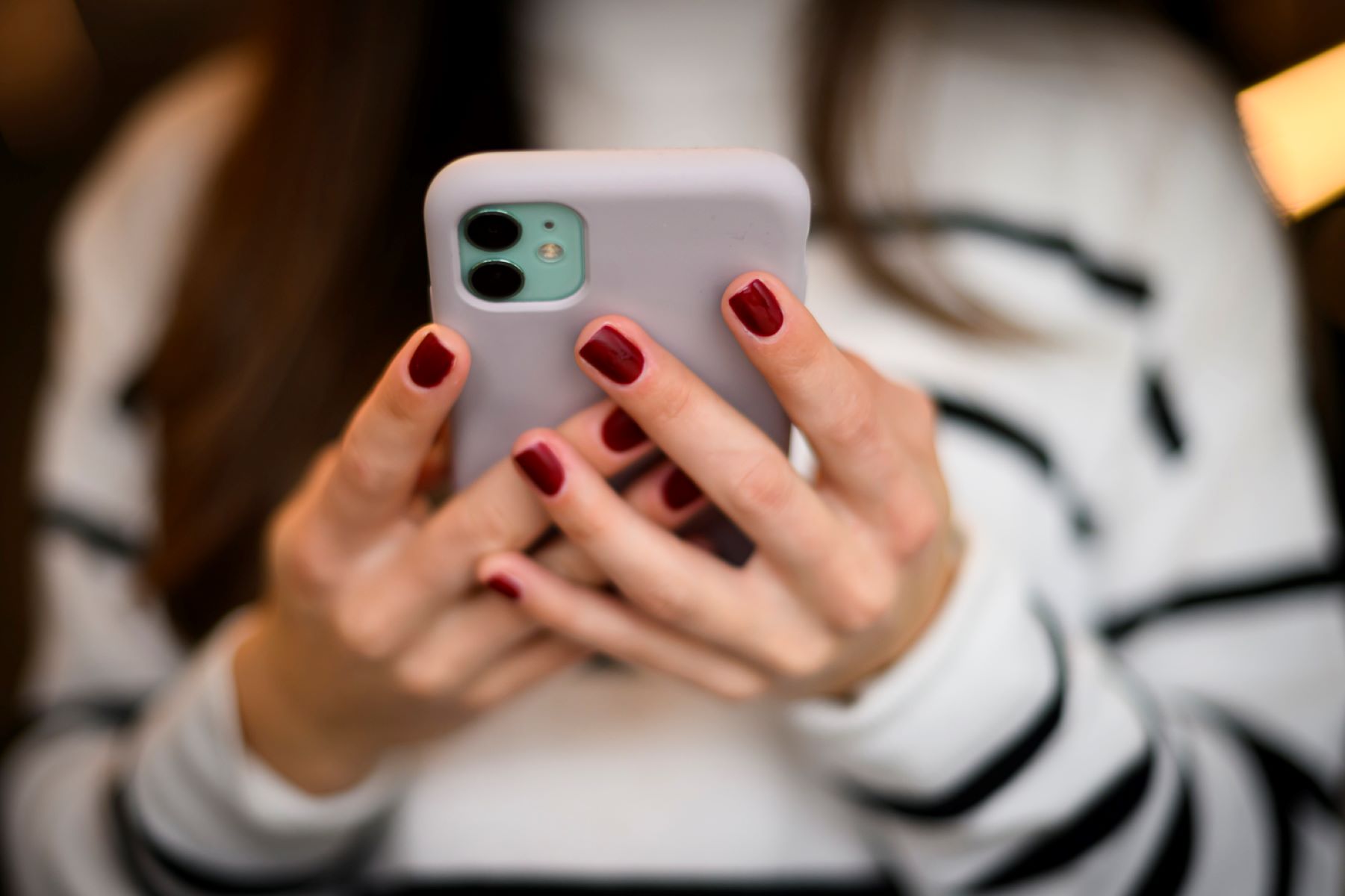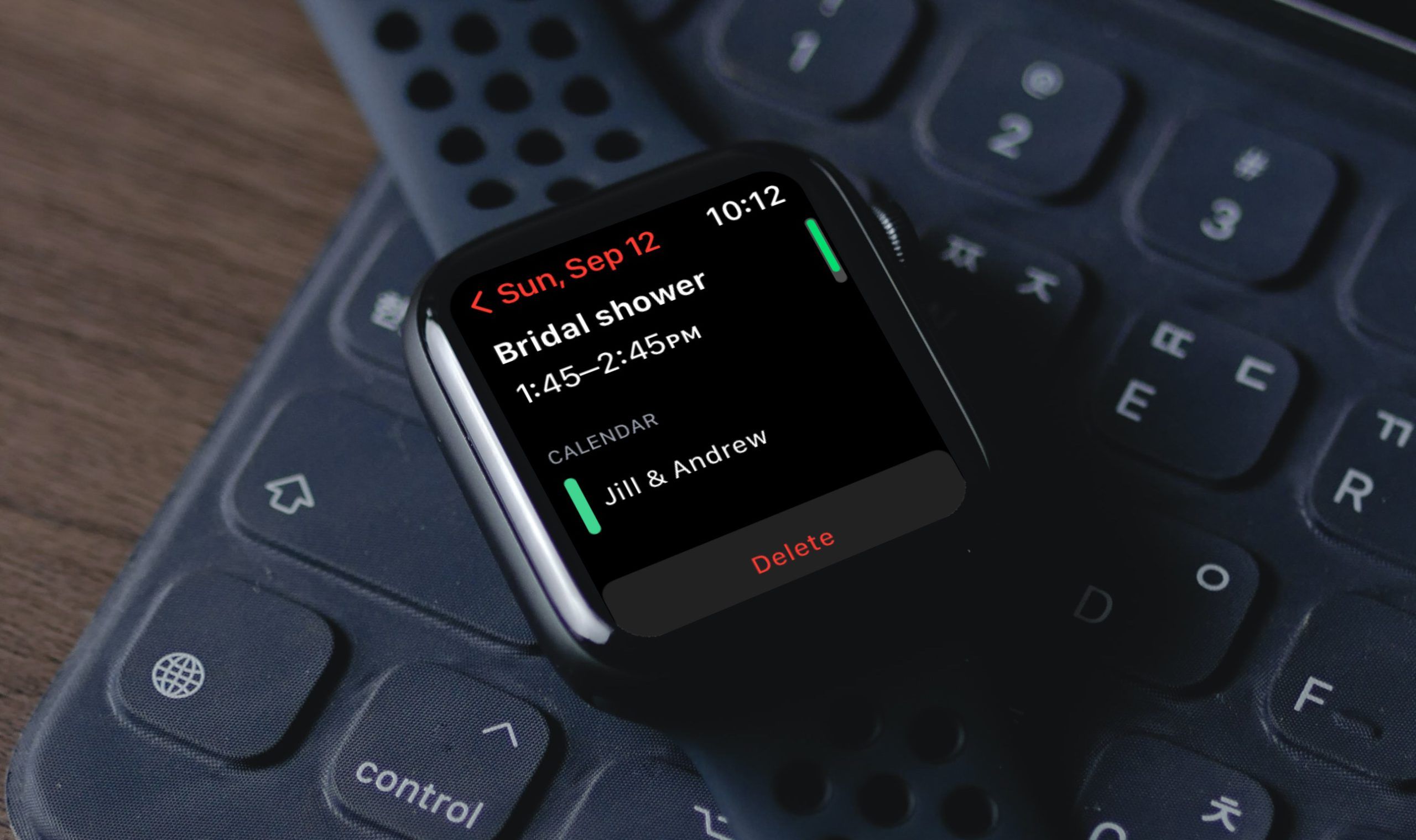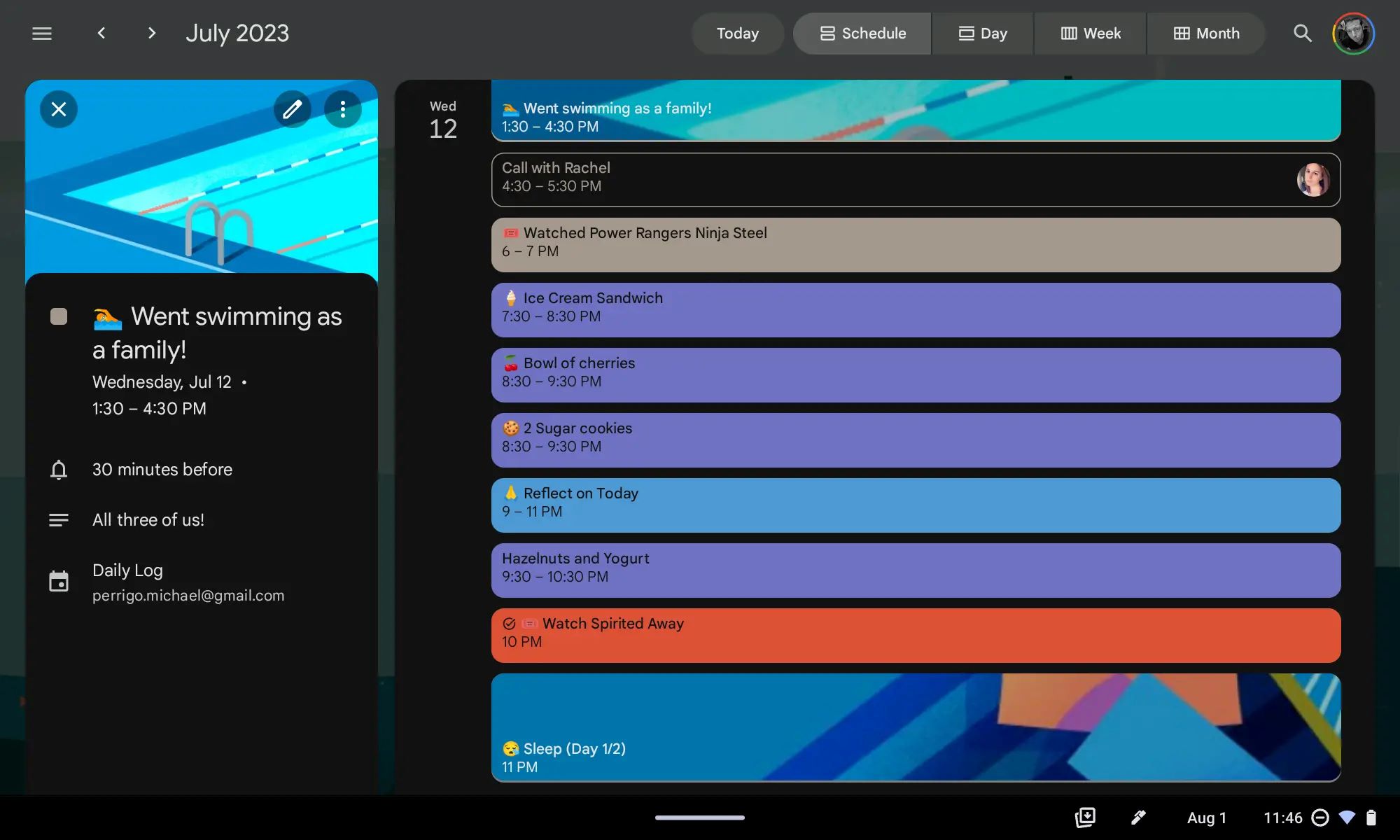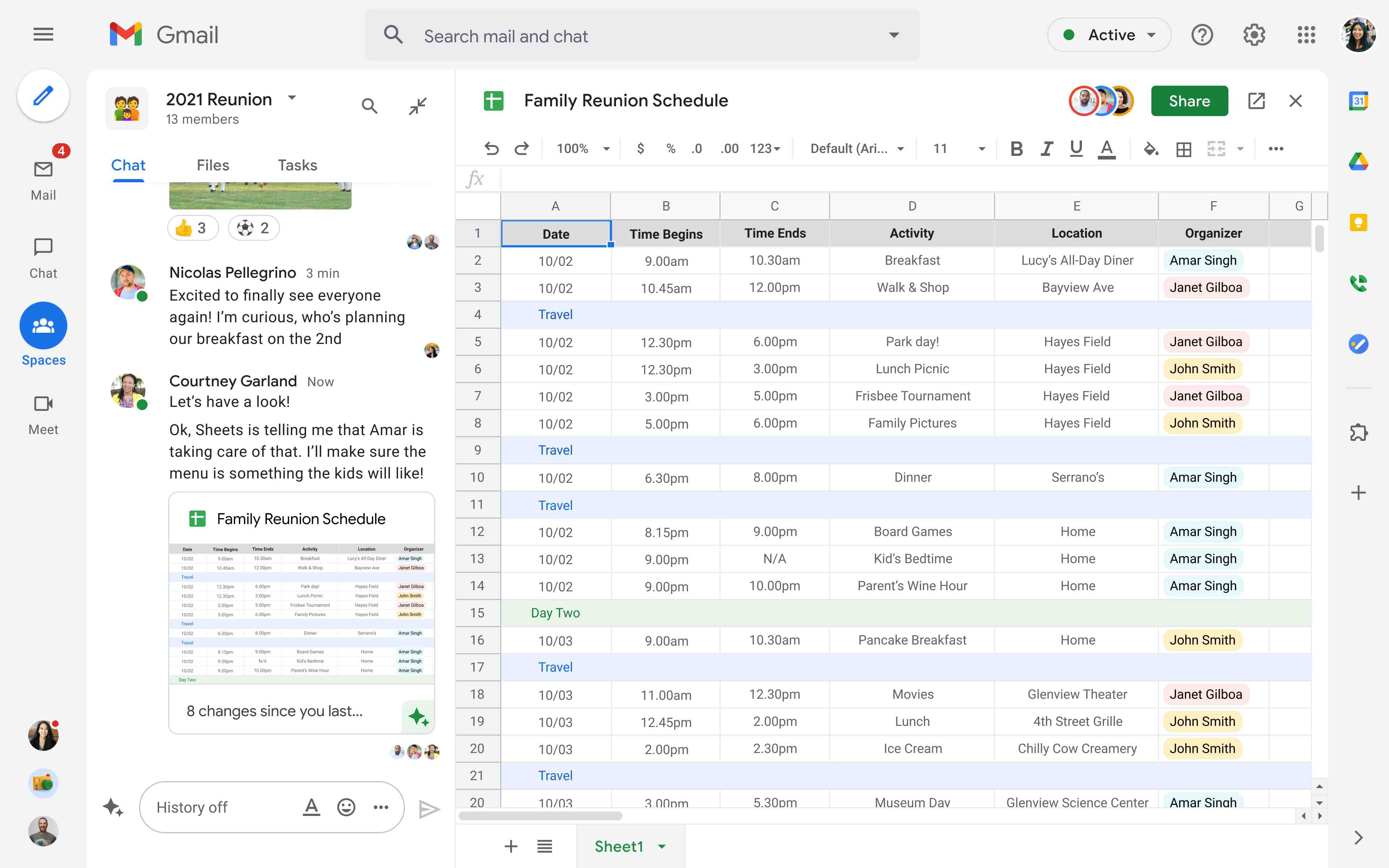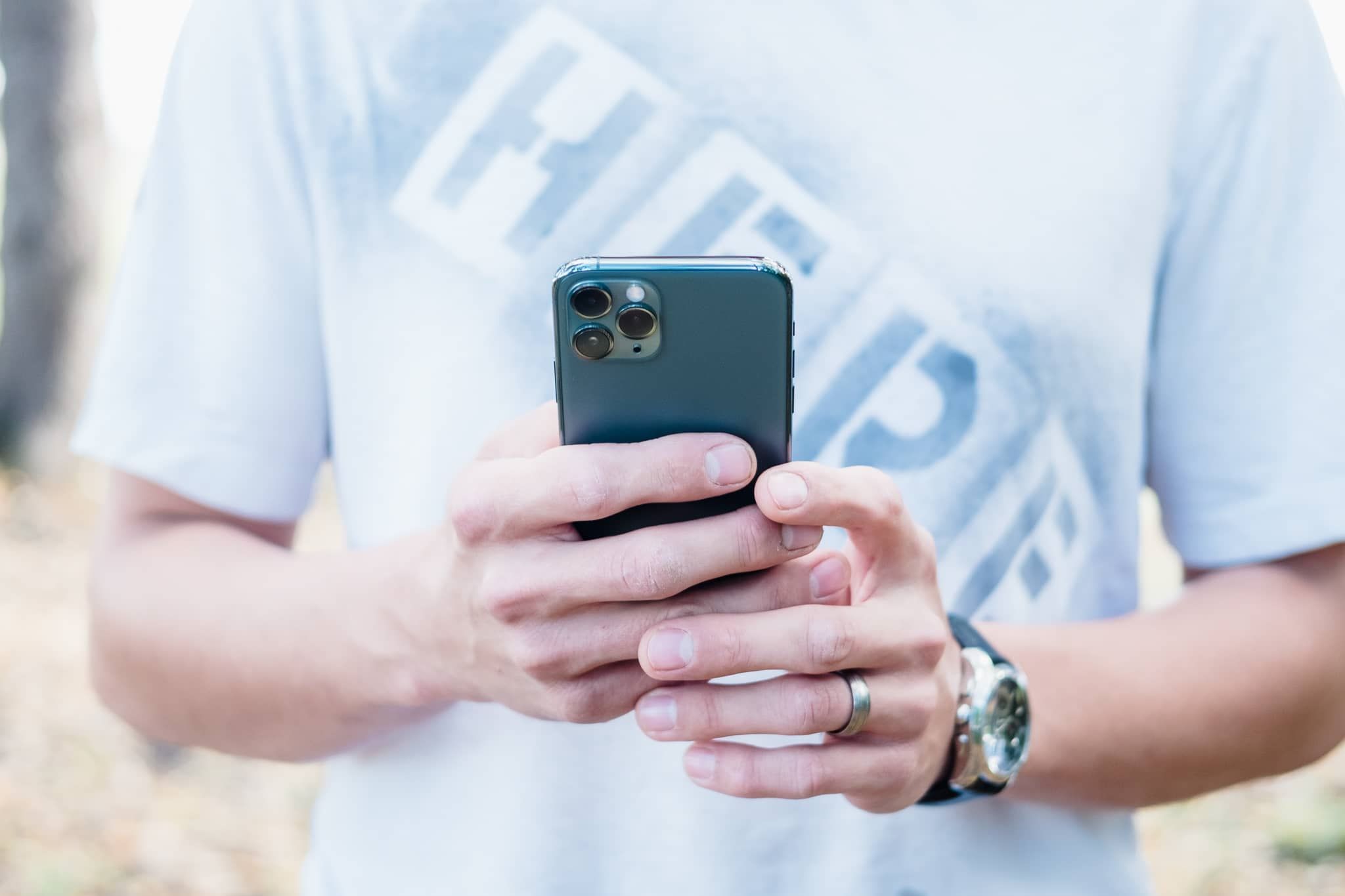Introduction
The combination of smartphones and digital calendars has revolutionized the way we manage our schedules and stay organized. Apple Calendar and Google Calendar are two popular calendar apps that offer a host of features to help users effortlessly plan their daily activities. However, managing multiple calendars across different platforms can be overwhelming and time-consuming.
In this article, we explore the benefits of linking Apple Calendar with Google Calendar and provide a step-by-step guide on how to do it. By syncing these two calendars, you can streamline your scheduling process and ensure that events, appointments, and reminders are seamlessly shared between both platforms.
Whether you own an iPhone, iPad, or Mac, or if you prefer using the Google Calendar app on your Android device or accessing it through the web, we’ve got you covered. Our comprehensive guide will show you different methods to link your Apple Calendar with Google Calendar, regardless of the devices you use.
So, if you’re ready to simplify your life by syncing your calendars and staying on top of your schedule no matter which platform you’re using, let’s dive into the benefits and step-by-step instructions to link Apple Calendar with Google Calendar.
Benefits of linking Apple Calendar with Google Calendar
There are several advantages to linking Apple Calendar with Google Calendar:
- Syncing across platforms: By linking the two calendars, you can effortlessly access and manage your schedule on any device, whether you’re using an Apple device or an Android device.
- Real-time updates: Any changes, additions, or deletions made in one calendar will be automatically reflected in the other calendar, ensuring that you have the most up-to-date schedule at all times.
- Collaboration and sharing: With the calendars synced, you can easily share your schedule with family members, friends, or colleagues, allowing for better coordination and planning.
- Access to additional features: Both Apple Calendar and Google Calendar offer unique features and integrations. By linking them, you can take advantage of the combined functionality and make the most out of your calendar experience.
- Backup and redundancy: Having your schedule stored in two different calendars provides an extra layer of security. In case one calendar becomes inaccessible or experiences data loss, you can rely on the other calendar as a backup.
These benefits make linking Apple Calendar with Google Calendar a valuable solution for individuals who use both platforms or have a need to share their schedules across different devices and operating systems.
Step-by-step guide to link Apple Calendar with Google Calendar
There are several methods available to link your Apple Calendar with Google Calendar. We’ll walk you through the steps for each method so that you can choose the one that works best for you.
Method 1: Using the Apple Calendar app
- Open the Apple Calendar app on your iPhone, iPad, or Mac.
- Go to the “Settings” or “Preferences” option in the app.
- Select “Accounts” or “Internet Accounts”.
- Add your Google account by selecting “Add Account” and choosing “Google” from the list of options.
- Follow the on-screen instructions to sign in to your Google account and grant permission for Apple Calendar to access your Google Calendar.
- Once the accounts are linked, your Google Calendar events should start appearing in the Apple Calendar app.
Method 2: Using the Google Calendar app
- Open the Google Calendar app on your Android device.
- Tap on the menu icon (usually three horizontal lines) to access the settings.
- Scroll down and select “Settings” or “Preferences”.
- Choose the Google account that you want to link with Apple Calendar.
- Toggle on the “Sync” option for the calendar you want to sync with Apple Calendar.
- Your Google Calendar events should now be synced and visible in the Apple Calendar app.
Method 3: Using the Apple iCloud website
- Open a web browser on your computer and go to the Apple iCloud website (www.icloud.com).
- Sign in to your Apple ID account using your Apple credentials.
- Click on the “Calendar” icon to open the Apple Calendar web app.
- In the Apple Calendar web app, click on the settings icon (gear symbol).
- Select “Preferences” and then click on the “Accounts” tab.
- Click on the “+” button to add a new account.
- Choose “Google” from the account options and follow the prompts to sign in to your Google account.
- Once the accounts are linked, your Google Calendar events will be synchronized with Apple Calendar.
By following these simple steps, you can successfully link your Apple Calendar with Google Calendar and enjoy the convenience of synchronizing your events, appointments, and reminders across both platforms.
Method 1: Using the Apple Calendar app
If you own an Apple device such as an iPhone, iPad, or Mac, you can easily link your Apple Calendar with Google Calendar using the Apple Calendar app. This method allows for seamless syncing of events and ensures that any changes made in one calendar are reflected in the other. Follow the step-by-step guide below to link your calendars:
- Begin by opening the Apple Calendar app on your device.
- Look for the “Settings” or “Preferences” option within the app. It is usually located in the top menu or toolbar.
- Once you’ve accessed the settings, find the “Accounts” or “Internet Accounts” option and select it.
- Next, choose the “Add Account” or “Add a New Account” option to proceed with adding your Google account.
- A list of account options will appear. Look for and select “Google” from the available options.
- You will be prompted to sign in to your Google account. Enter your email address and password, then follow the on-screen instructions to complete the sign-in process.
- After successfully signing in, you will see a list of permissions that the Apple Calendar app requires in order to access your Google Calendar. Grant the necessary permissions by clicking “Allow” or “Accept”.
- Once you have granted the permissions, your Google Calendar will be added to the Apple Calendar app, and your events will start syncing between the two calendars.
By using the Apple Calendar app, you can easily manage and view your Google Calendar events alongside your Apple Calendar events, providing a unified and streamlined scheduling experience. Any changes or additions made in one calendar will be automatically synced to the other, ensuring that you always have the most up-to-date schedule at your fingertips.
Method 2: Using the Google Calendar app
If you prefer using the Google Calendar app on your Android device, you can easily link it with your Apple Calendar. This method allows for seamless synchronization of events between the two calendars. Follow the step-by-step guide below to link your calendars:
- Start by opening the Google Calendar app on your Android device.
- Look for the menu icon, which is usually represented by three horizontal lines, and tap on it to access the app’s settings.
- Scroll through the settings menu and find the “Settings” or “Preferences” option.
- Within the settings, you will see a list of the Google accounts linked to the app. Choose the account that you want to link with your Apple Calendar.
- Once you’ve selected the account, you will see a list of synchronization options for different calendars. Toggle on the “Sync” option for the calendar that you wish to sync with your Apple Calendar.
- After enabling the synchronization, your Apple Calendar events will be synced to the Google Calendar app on your Android device.
By using the Google Calendar app, you can conveniently view and manage both your Google Calendar and Apple Calendar events from a single interface. Any changes or updates made to events in either calendar will automatically sync to the other, ensuring that you have an updated schedule across both platforms.
This method is particularly useful for individuals who primarily use an Android device but still need access to their Apple Calendar events. By linking the Google Calendar app with your Apple Calendar, you can have all your events and appointments organized in one place, no matter which platform or device you are using.
Method 3: Using the Apple iCloud website
If you prefer to access your Apple Calendar through the web or use a Windows computer, you can link your Apple Calendar with Google Calendar using the Apple iCloud website. By following the steps below, you can easily sync your calendars and ensure that your events are seamlessly shared between the two platforms:
- Start by opening a web browser on your computer and navigate to the Apple iCloud website (www.icloud.com).
- Sign in to your Apple ID account by entering your Apple credentials, including your email address and password.
- Once you’ve successfully signed in, click on the “Calendar” icon to access the Apple Calendar web app.
- Within the Apple Calendar web app, locate and click on the settings icon, often represented by a gear symbol.
- A dropdown menu will appear. Select the “Preferences” option from the menu.
- Within the preferences, you will see different tabs. Click on the “Accounts” tab.
- To add your Google account, click on the “+” button next to the “Accounts” tab.
- A list of account options will be displayed. Choose “Google” from the available options.
- Follow the prompts to sign in to your Google account, providing your email address and password, and grant the necessary permissions.
- Once the accounts are successfully linked, your Google Calendar events will be synchronized with your Apple Calendar on the iCloud website.
By using the Apple iCloud website to link your calendars, you can conveniently access and manage your Apple Calendar events from any web browser, regardless of the device or operating system. This method is particularly useful for individuals who use Windows computers or prefer accessing their calendars through the web rather than using specific apps.
With your calendars linked, you can enjoy the benefits of seamless synchronization and ensure that your events are shared across both platforms, providing you with a unified and organized scheduling experience.
Troubleshooting common issues
While linking Apple Calendar with Google Calendar is usually a straightforward process, you may encounter some common issues along the way. Here are a few troubleshooting tips for resolving these issues:
- Authentication errors: If you encounter authentication errors when attempting to link your calendars, double-check that you are using the correct credentials for both your Apple and Google accounts. Make sure you have entered the correct email address and password, and ensure that the accounts you are trying to link are active and accessible.
- Syncing delays: Sometimes, there may be delays in syncing the events between Apple Calendar and Google Calendar. If you notice a delay in event synchronization, give it some time and check back later to see if the events have been updated. Patience is key, as syncing times can vary depending on internet connection and server speeds.
- Calendar visibility: If you are unable to see your Google Calendar events in Apple Calendar or vice versa, ensure that the correct calendars are selected for display. In both Apple Calendar and Google Calendar, check the calendar settings to ensure that the appropriate calendars are enabled and visible.
- Permissions issues: If you encounter issues with permissions or access to your calendars, review the settings in both Apple Calendar and Google Calendar. Ensure that you have granted the necessary permissions for both apps to access and sync your calendars. In some cases, you may need to revoke access and re-grant permissions to resolve the issue.
- Software compatibility: It’s important to note that certain features and syncing capabilities may vary depending on the operating system or device you are using. Ensure that your Apple device or Google Calendar app is running on the latest software version to ensure optimal compatibility and functionality.
If you have followed these troubleshooting tips and are still experiencing issues with linking your calendars, it may be helpful to seek further assistance from Apple support or Google support. Their teams will be able to provide specific guidance and help troubleshoot any technical issues you may encounter.
Remember to stay patient and persistent during the troubleshooting process. With a bit of perseverance, you’ll be able to successfully link your Apple Calendar with Google Calendar and enjoy the benefits of seamless synchronization.
Conclusion
Linking your Apple Calendar with Google Calendar can greatly enhance your productivity and organization by keeping all your events and appointments in sync across platforms. Whether you’re using an Apple device, an Android device, or accessing your calendars through the web, the step-by-step methods outlined in this article allow you to seamlessly connect and manage your calendars.
By syncing your calendars, you can enjoy benefits such as real-time updates, collaboration and sharing capabilities, access to additional features, and peace of mind with backup and redundancy. Whether you prefer using the Apple Calendar app, the Google Calendar app, or the Apple iCloud website, there is a method that suits your needs and preferences.
If you encounter any issues during the linking process, try troubleshooting common problems such as authentication errors, syncing delays, visibility settings, permissions, and software compatibility. Remember to refer to the specific troubleshooting tips provided in this article and seek further assistance from Apple or Google support if needed.
With your calendars successfully linked, you no longer have to worry about manually managing separate calendars or missing important events. Streamline your scheduling process, stay organized, and never miss a beat by seamlessly syncing your Apple Calendar with Google Calendar.







